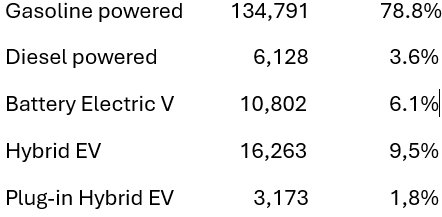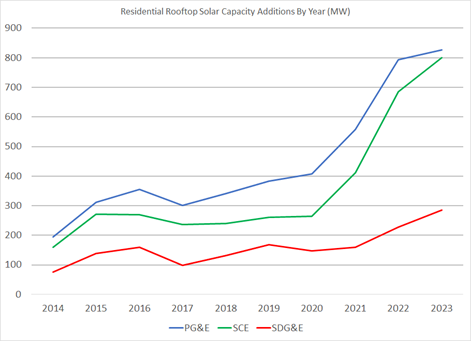Wow, May 7th came and went and no blackouts throughout the province were in evidence. We should all be thankful that as is generally the case in the Spring and Fall, electricity demand in Ontario is in the lower demand level for the year ranging from only 12,000 MW in the night reaching a high in the 16,000 MW range at our peak hour.
The summer highs reaching 22,000 MW are a month or so away, so it is a bit worrisome that at the present time 60.5% (7,950 MW) of Ontario’s nuclear capacity is out for refurbishment or VBO (vacuum building outage) reasons! Nevertheless we once again survived the day! We survived the day as both hydro and natural gas generation stepped up to ensure the lights stayed on even though peak demand at hour 20 reached 15,695 MW.
Over the day the existing nuclear capacity of 5,194 MW produced 124,297 MWh and ran at 99.7% of their rated capacity. The strange happening however, was, Ontario’s hydro power for 22 of the 24 hours actually generated more power then nuclear produced and for the full day generated more then nuclear at 132,335 MWh. That hydro generation surely helped to keep the lights on and our businesses operating. To top off what hydro generation provided, our national gas plants, which the OCAA (Ontario Clean Air Alliance), a member of the “Church of the Climate Cult” want shut down; generated 79,438 MWh to ensure we had the required power needed throughout the day ramping up and down as demand fluctuated!
What is amazing about how the day unfolded is that IESO were still busy selling off our surplus generation to Michigan and Quebec with a small amount to New York via our intertie connections. In total our net-exports were 39,107 MWh and at hour 16 with the net sale of 1814 MW the HOEP (hourly price), IESO were paid, was $454.37/MW or 45.4 cents/kWh and it presumably included the 654 MW of IWT (industrial wind turbines) generation it produced at that hour!
Excluding the foregoing hour the average sale price for the day was $32.82/MWh but including it raises the net sale price to $50.39/MWh! What was somewhat unusual is that while Quebec was the principal buyer of the surplus generation throughout much of the day, during hours 17 to 21, Ontario actually were net importers of 1,133 MW from them but perhaps IESO were just ensuring we needed that power to avoid a blackout during those usual higher demand hours!
The foregoing 39,107 MWh (net-exports) sold probably was, principally, a result of those IWT generating 27,540 MWh while operating at 23.4% of their capacity throughout the day. Those IWT have the benefit of “first-to-the-grid” contract rights ($135/MWh) so IESO accepted all of their generation as their sale price exceeded the $15/MWh they could have saved from having them curtail their power.
Conclusion
It seems obvious IESO has logically picked the best time to allow the nuclear plants to conduct their VBO, pinning their hopes on no unusual weather that would drive demand higher than it has been for the past several days.
Let’s all “cross our fingers” in support of their plan but don’t count on either wind or solar generation to step up in the event we get any unusual weather!








